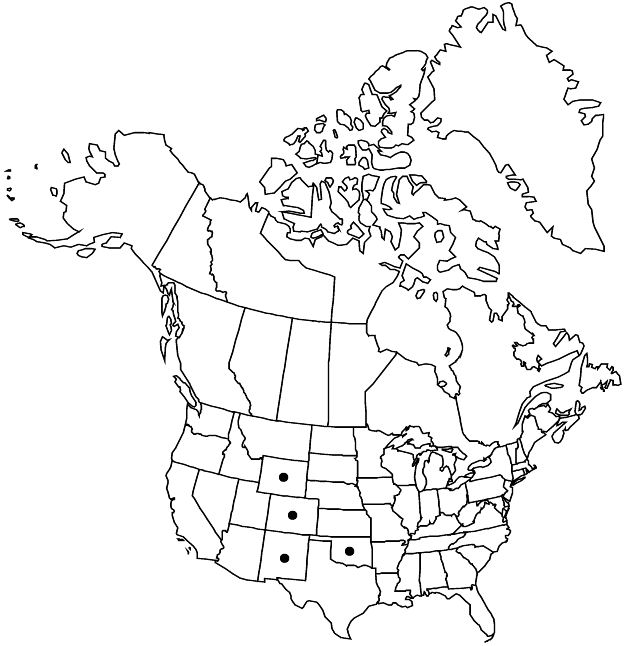Difference between revisions of "Rubus deliciosus"
Ann. Lyceum Nat. Hist. New York 2: 196. 1827.
FNA>Volume Importer |
imported>Volume Importer |
||
| (2 intermediate revisions by 2 users not shown) | |||
| Line 60: | Line 60: | ||
|publication year=1827 | |publication year=1827 | ||
|special status=Endemic | |special status=Endemic | ||
| − | |source xml=https:// | + | |source xml=https://bitbucket.org/aafc-mbb/fna-data-curation/src/2e0870ddd59836b60bcf96646a41e87ea5a5943a/coarse_grained_fna_xml/V9/V9_47.xml |
|subfamily=Rosaceae subfam. Rosoideae | |subfamily=Rosaceae subfam. Rosoideae | ||
|tribe=Rosaceae tribe Rubeae | |tribe=Rosaceae tribe Rubeae | ||
Latest revision as of 22:57, 5 November 2020
Shrubs, 5–15(–20) dm, unarmed. Stems decumbent to erect, glabrous or sparsely short-hairy, eglandular or sparsely stipitate-glandular, not pruinose. Leaves deciduous, simple; stipules lanceolate to narrowly ovate, 5–8(–14) mm; blade orbiculate to reniform, (1.5–)2–4(–5) × (2.5–)3–4.5(–7) cm, base shallowly cordate, 3–5(–7)-lobed, lobe apices broadly rounded to obtuse, margins doubly dentate, abaxial surfaces sparsely hairy, mostly along veins, sparsely stipitate-glandular. Inflorescences 1-flowered. Pedicels pubescent, sparsely to densely short- to long-stipitate-glandular. Flowers bisexual; petals white, obovate to ovate, 15–25(–30) mm; filaments filiform; ovaries glabrous, styles clavate, villous. Fruits dark purple, hemispheric, to 1 cm; drupelets 10–40, coherent, separating from torus. 2n = 14, 21.
Phenology: Flowering May–Aug.
Habitat: Rocky canyons, outcrops, stream banks
Elevation: 1800–2900 m
Distribution

Colo., N.Mex., Okla., Wyo.
Discussion
Rubus deliciosus is recognized by its decumbent to erect, unarmed stems, relatively small simple leaves with obtuse to broadly rounded lobes, shallowly cordate bases, sparsely hairy abaxial surfaces, large flowers, white petals, glabrous or sparsely hairy sepals, and densely villous clavate styles. The distinction between R. deliciosus and R. neomexicanus is not always clear, especially when the former has more narrowly obtuse lobes and denser leaf abaxial hairs. Rubus deliciosus is also similar to R. bartonianus of Idaho and Oregon, as well as the Mexican R. trilobus Seringe. It might be reasonable to recognize a broader concept of R. deliciosus, one containing multiple infraspecific. Rubus deliciosus and its close relatives require a revisionary study.
Rubus deliciosus has long been planted for its ornamental value because of its large, showy flowers.
Selected References
None.